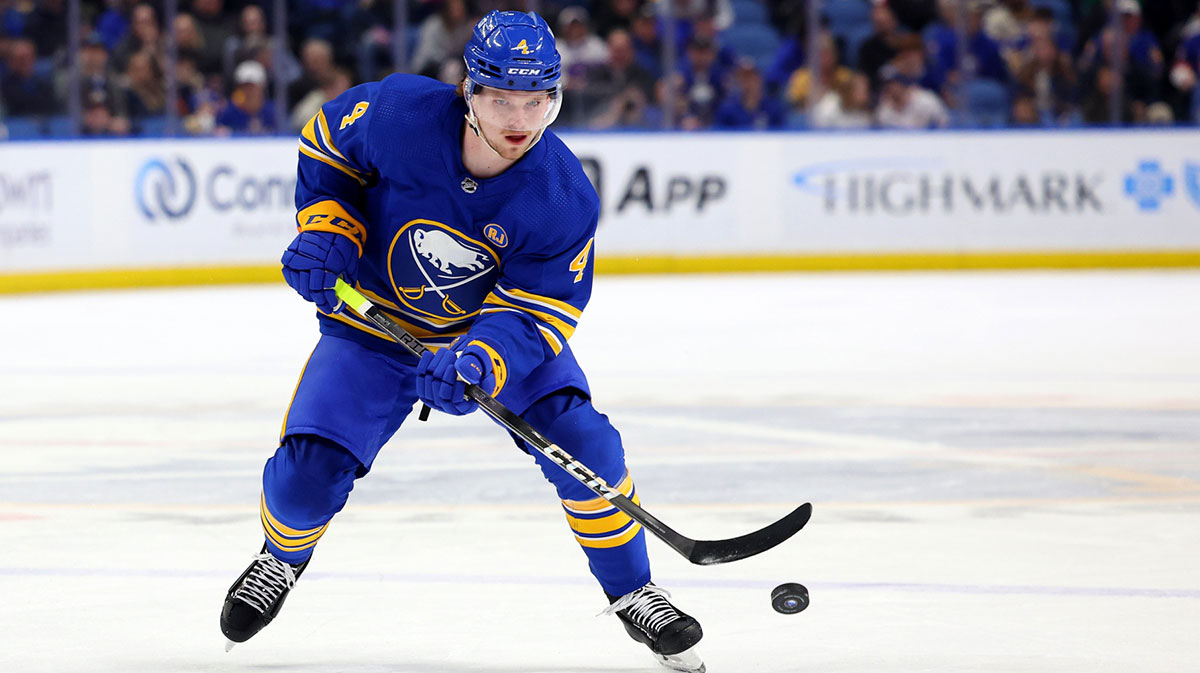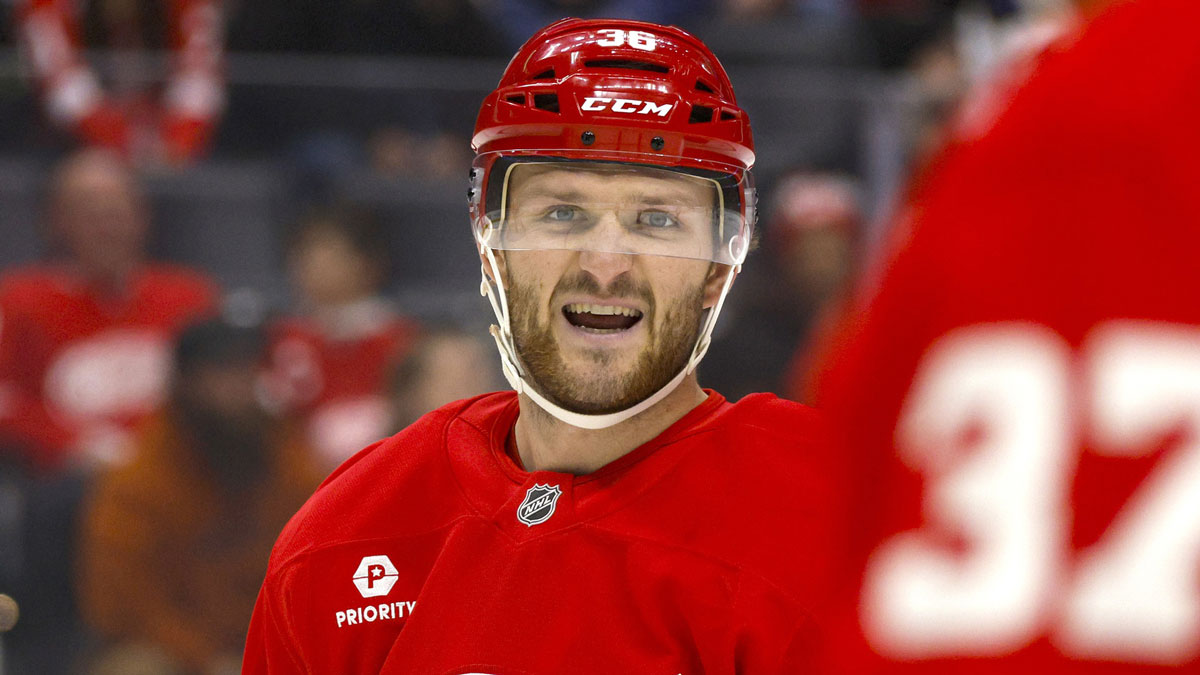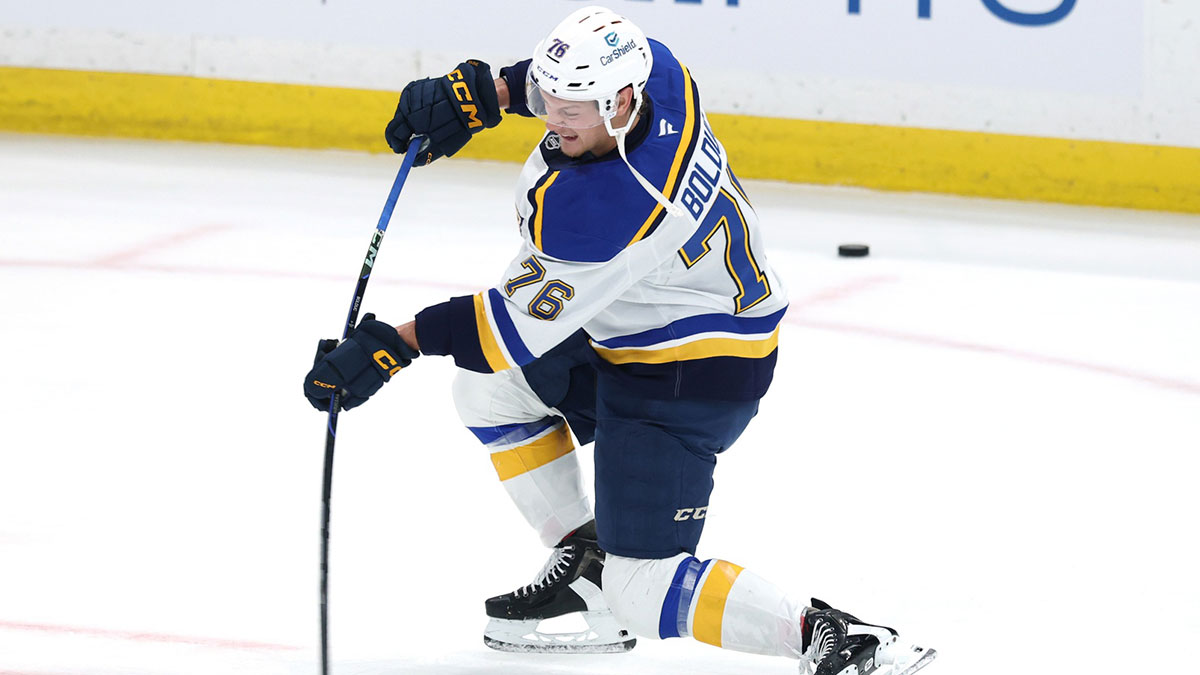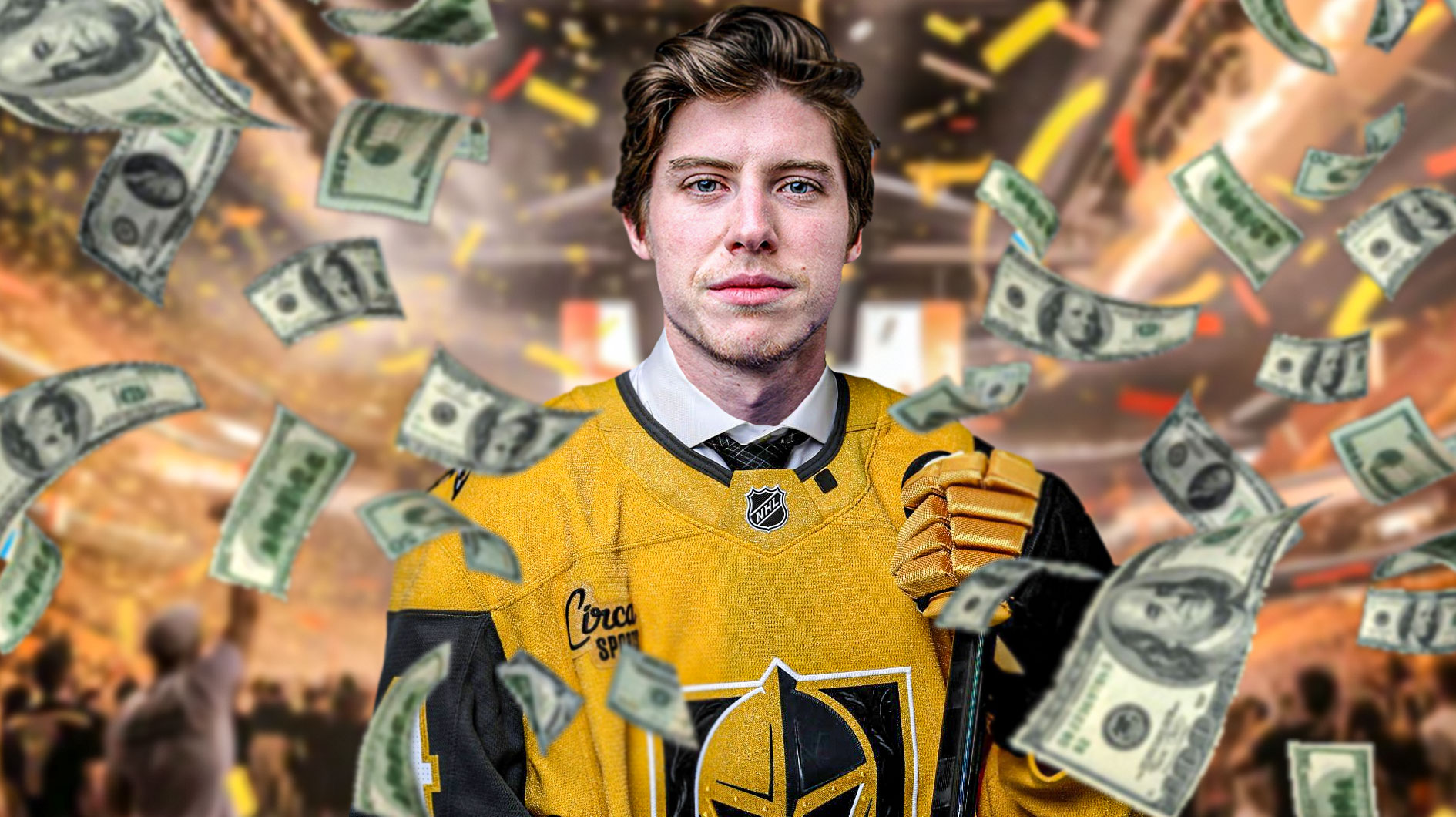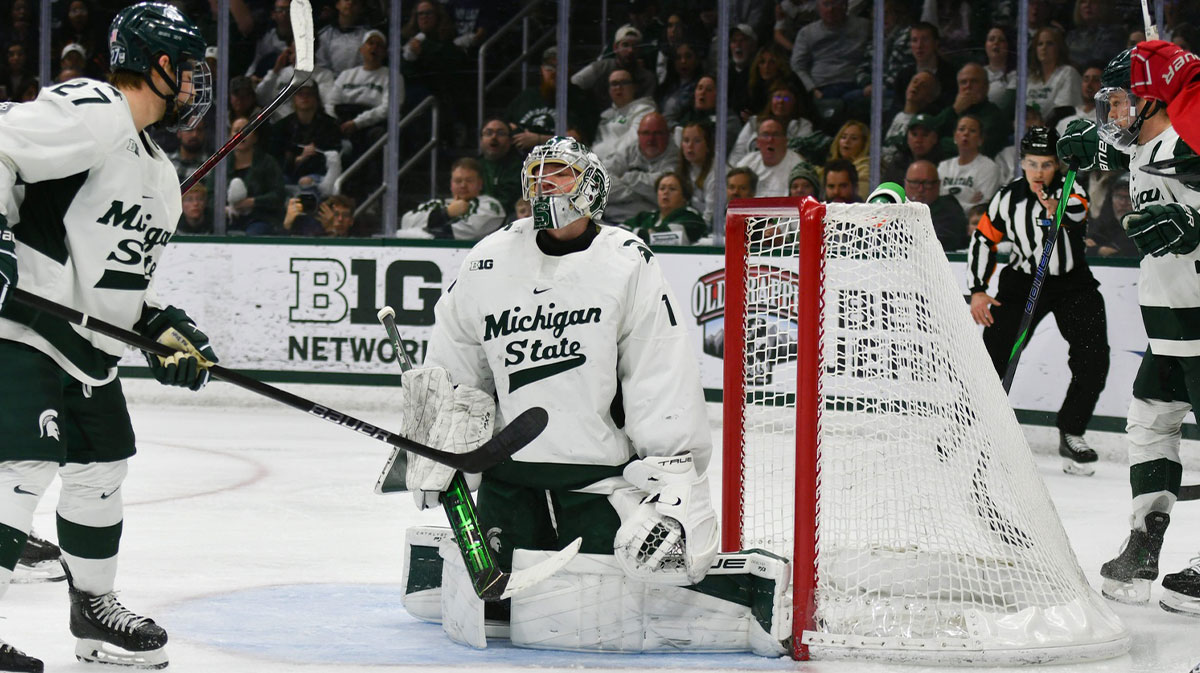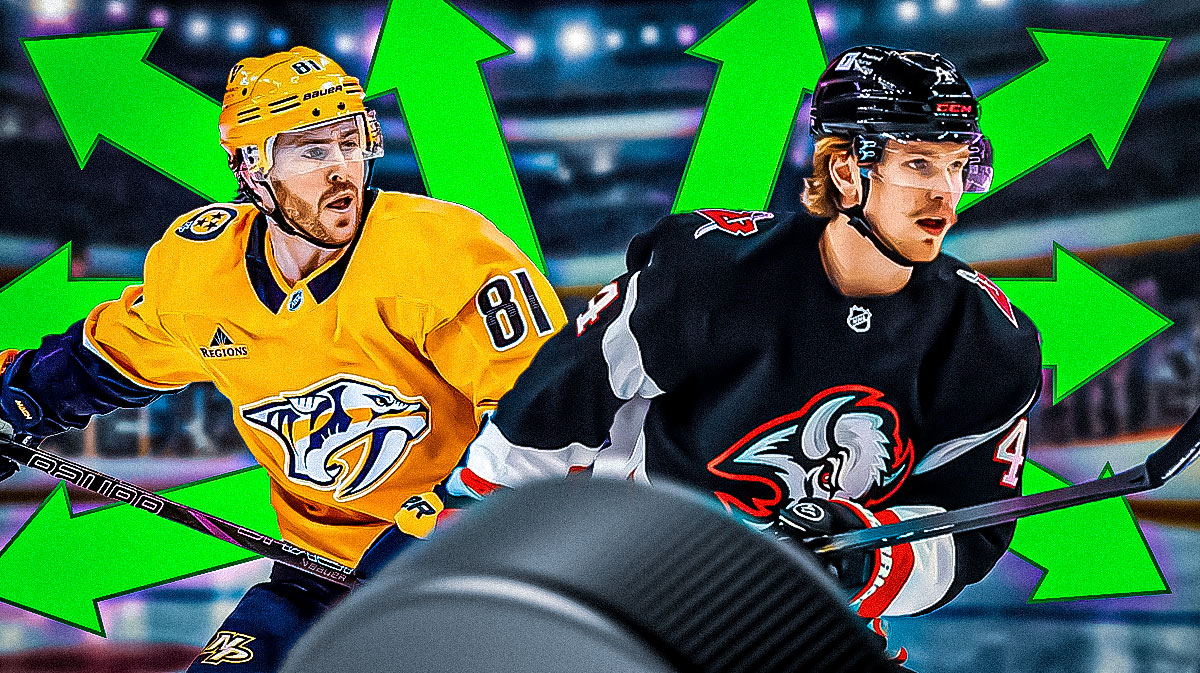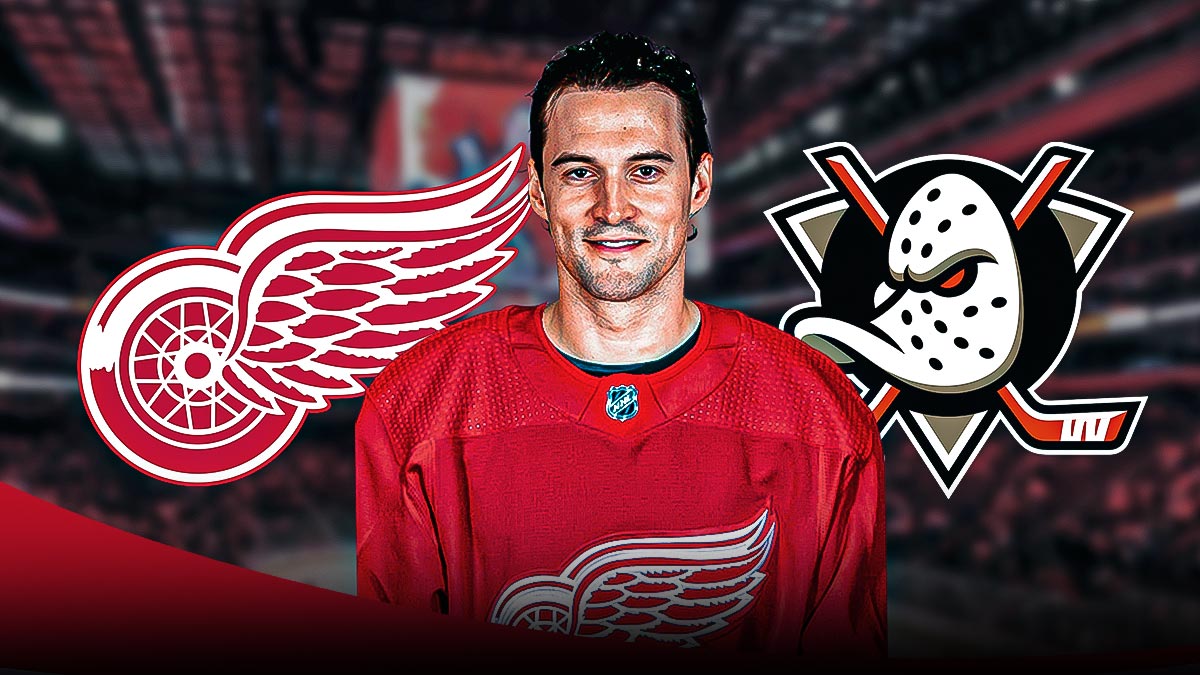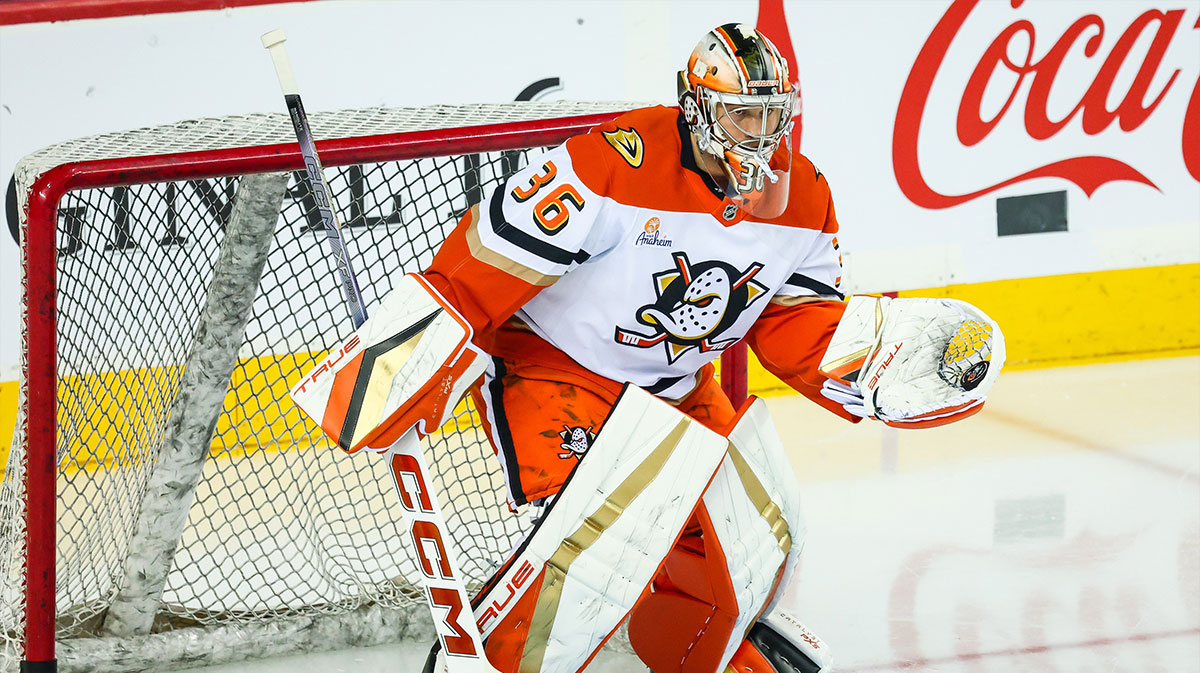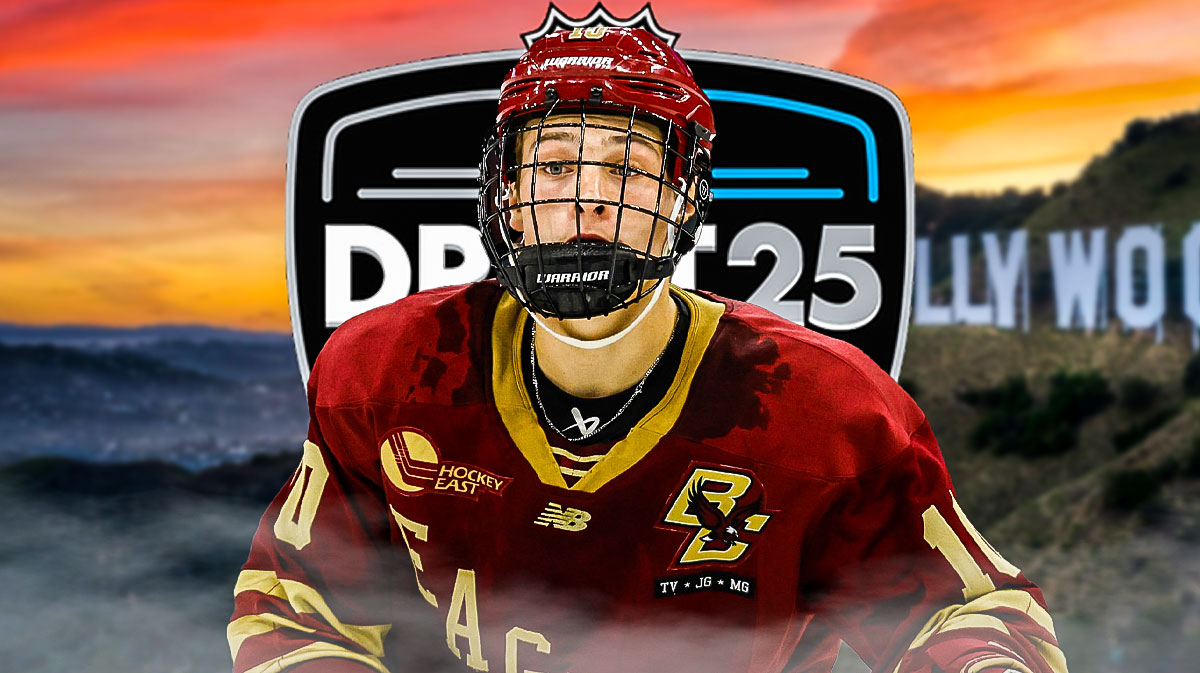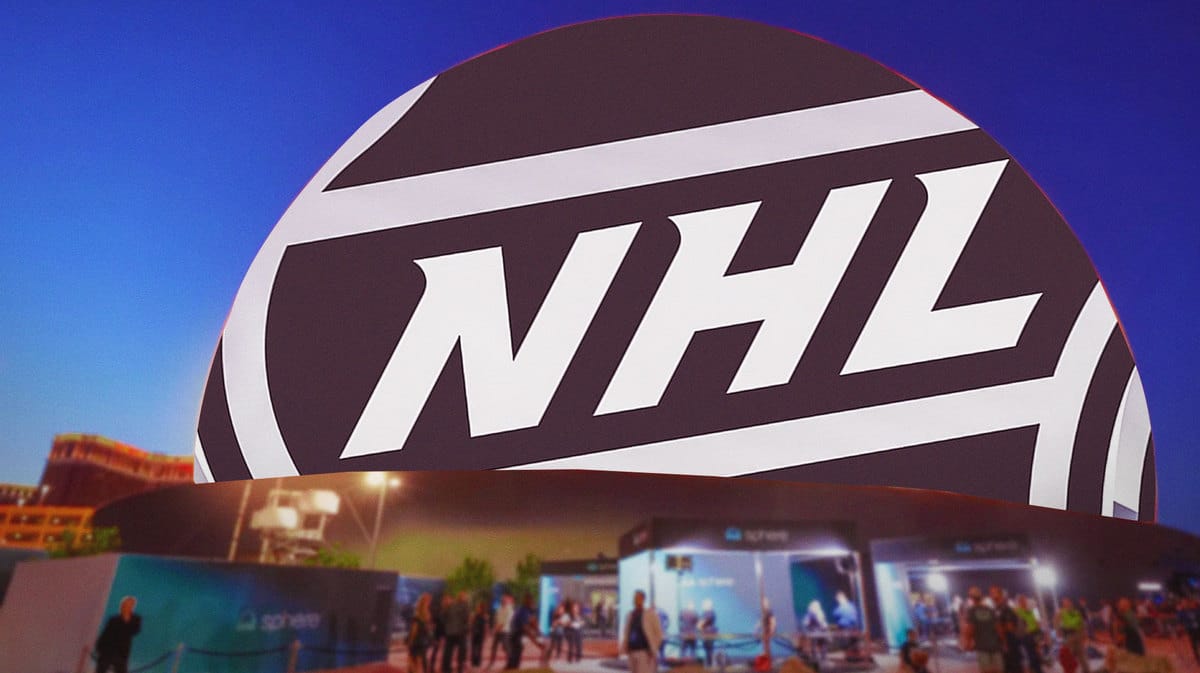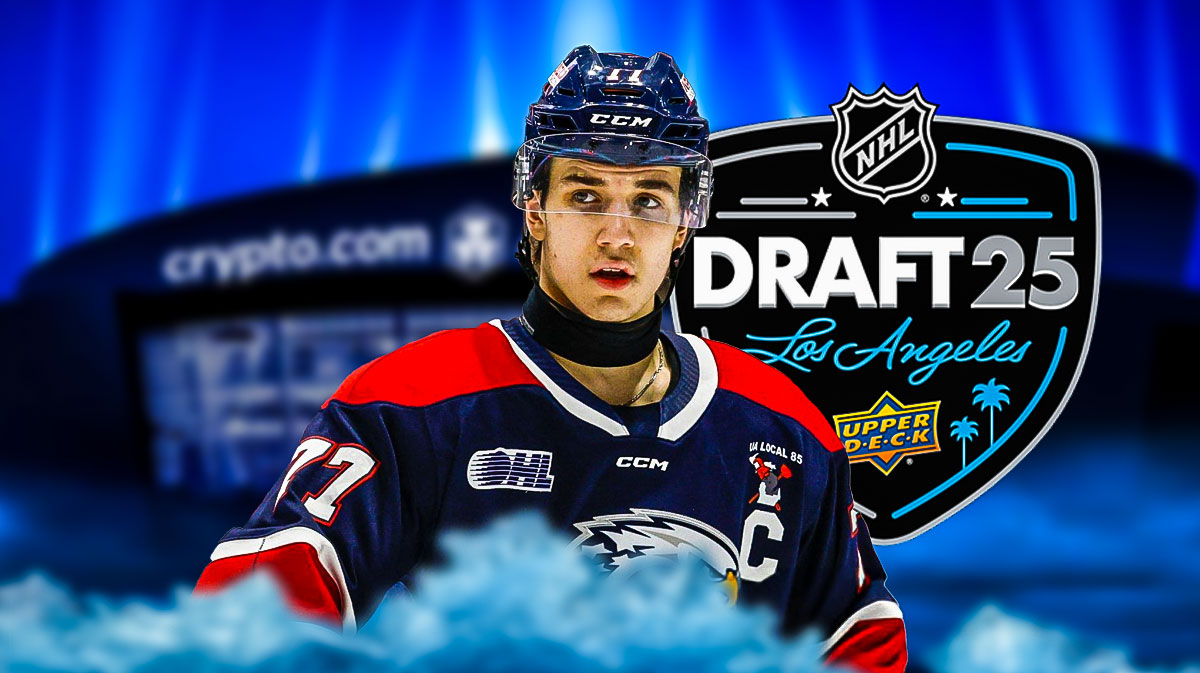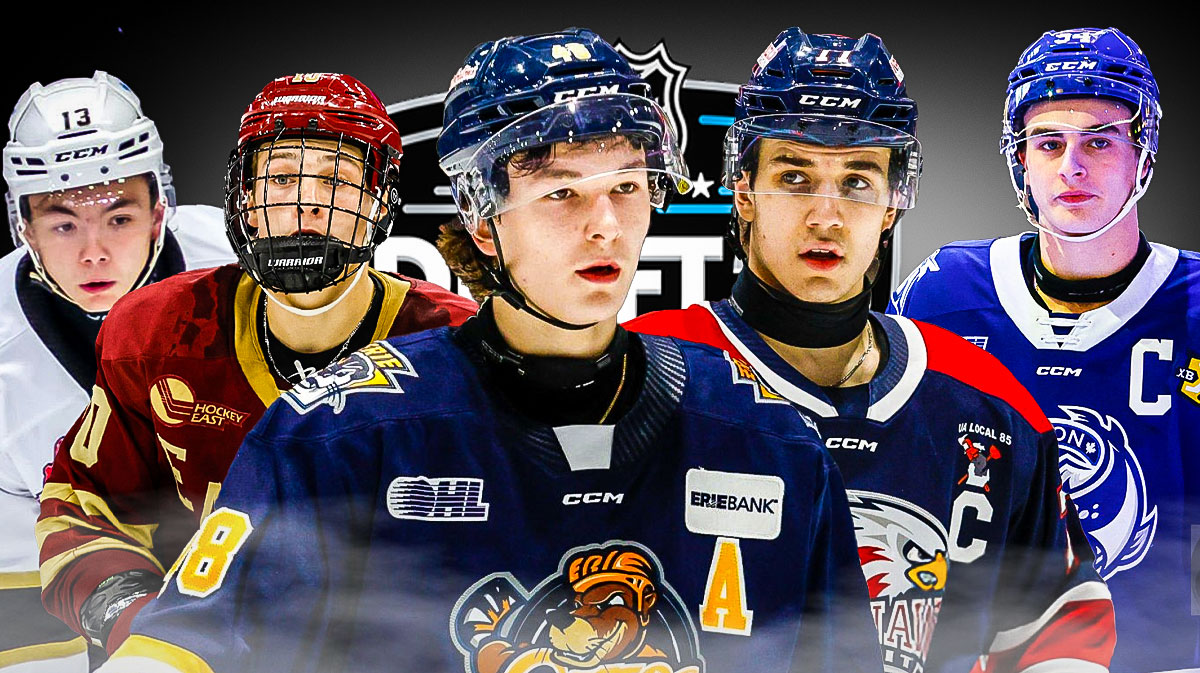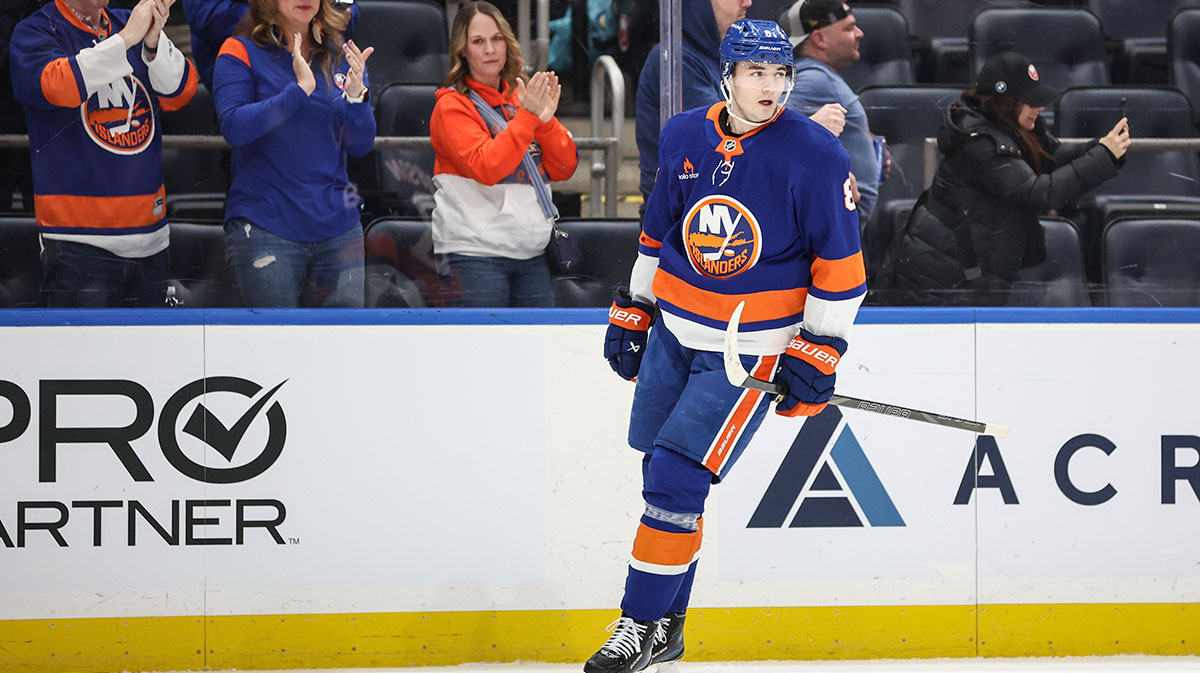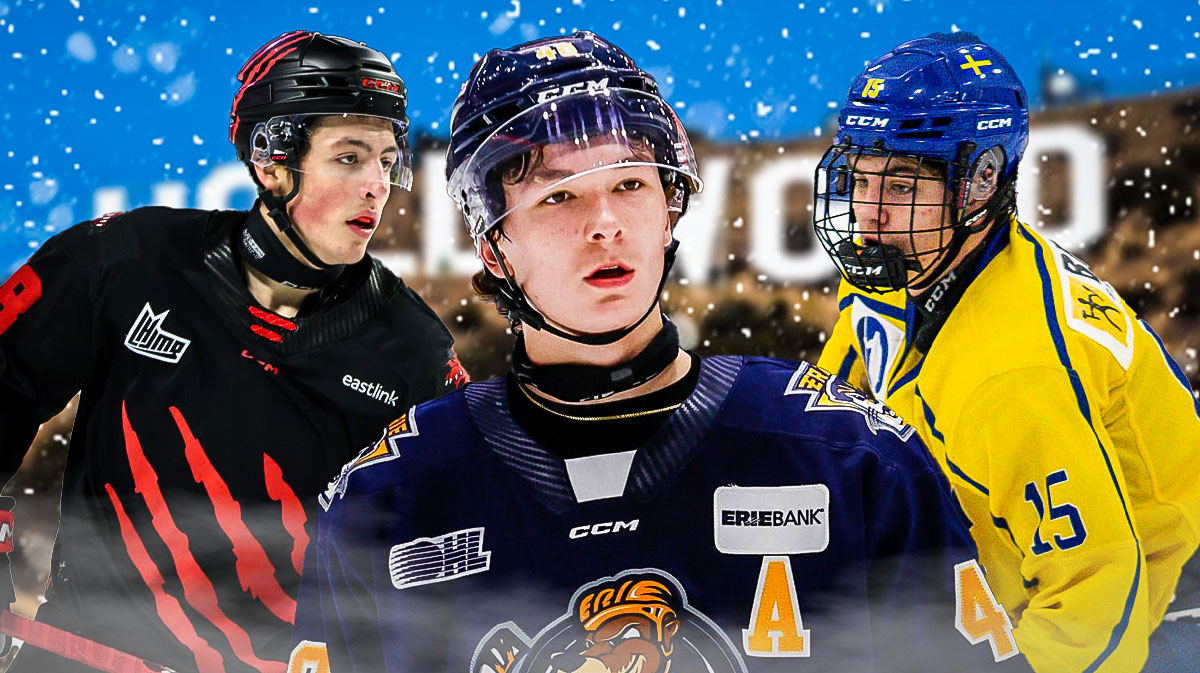In what has been a busy start to the NHL offseason, perhaps no team has been more active in the trade market than the Arizona Coyotes.
In a matter of just a week and a half, the Coyotes made multiple blockbuster deals. The team sent defenseman Oliver Ekman-Larsson and forward Conor Garland to the Vancouver Canucks, before dealing starting goaltender Darcy Kuemper to the Colorado Avalanche. With the trades, the Coyotes moved two players in their 30s for future assets, with Ekman-Larsson having a huge amount of term remaining on his contract as well.
In the salary cap era, major trades don’t even necessarily need to include top players either. The Coyotes leveraged their cap space to take on bad contracts for assets, notably acquiring Andrew Ladd from the New York Islanders. Ladd’s contract was seemingly immovable a year or two ago, but with less term now remaining and the Coyotes not likely to contend anytime soon anyways, it was a great move for the organization. Arizona then followed up with more of the same style of deal, acquiring Anton Stralman and Shayne Gostisbehere. This allowed other teams to free up cap space, while the Coyotes sat back and picked up easy assets.
In their series of trades, some of which weren't even mentioned above, the Coyotes got back an absolute haul. Most notably, the team managed to offset having to forfeit their first-round pick in this year's draft, which they lost as a result of combine testing violations. The Coyotes acquired the ninth-overall pick in the deal with Vancouver, then proceeded to select forward Dylan Guenther. They also added a second-round pick in the Ladd deal, which was used to select defenseman Janis Moser, and then picked up defenseman Conor Timmins and prospect Vladislav Kolyachonok as part of the Kuemper and Stralman trades, both of whom could potentially factor into long-term plans.
To illustrate just how many assets the Coyotes managed to get back, the team now has seven picks in the first two rounds of next year’s draft as well, being two first-round picks and five second-round picks. They also managed to pick up quality draft picks in 2023 and 2024. With the moves, team management now has the tools to build one of the league’s deepest prospect pools.
Within a year of Bill Armstrong becoming the Coyotes' general manager, the organization has managed to pick a clear direction. Many teams around the league are caught treading water, without a good enough roster to contend and no cap space to make improvements, but also not heading towards a rebuild that could lead to more success. The Coyotes, on the other hand, have now actively taken steps to build for the future and are committing to a long-term goal.
This is a team that has missed the playoffs in eight of the last nine seasons, but hasn't made enough changes to do anything about it. An aggressive rebuild is exactly what the Coyotes needed.
Despite all the moves so far, we can expect the Coyotes aren’t done either. Some clever free agency additions could set the team up to add more assets down the road, after signing forwards Ryan Dzingel and Dmitrij Jaskin to one-year deals. While Jaskin has a 10-team no-trade list, Dzingel has no trade protection. This means we could see one or even both of them flipped at the deadline for a return, if they build value early in the season. It’s a simple way for a rebuilding team to add extra assets, which isn’t always utilized.
A more notable trade chip for the Coyotes could be Phil Kessel, who scored 20 goals and 43 points in 56 games this year, a pace of 29 goals and 63 points per 82 games. He has just one year left on his contract at a $6.8 million cap hit and while Kessel is now 33 years old, if the team could work around his partial no-trade clause, the winger would bring back some solid assets as well.
Kessel isn't the only name that could fetch a return though. Christian Dvorak is another possible candidate to be moved, while Clayton Keller shouldn’t be counted out either. Though both Dvorak and Keller are still young and have much more term remaining on their respective deals, they’d both be quite a bit older by the time the team is competitive again. With this in mind, dealing either forward should remain a possibility.
Regardless of what comes next, it's great to see the organization finally having a clear direction. While there’s still a long way to go, the Coyotes are off to a strong start in their rebuild.

